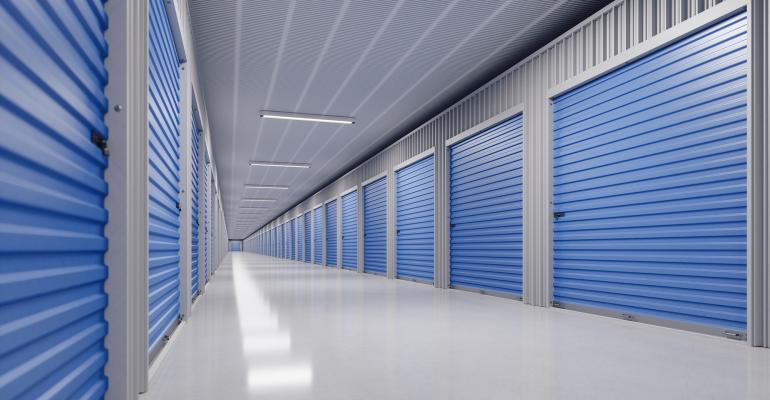New buyers are making big bets on self-storage properties—despite an uncertain economy distressed by the relentless spread of the coronavirus, as doctors diagnose new cases in record numbers.
“In the wake of the COVID-19 pandemic, self-storage has proven yet again to be a resilient asset class and a source of stable cash flow,” says Feerooz Yacoobi, a new vice president for Buchanan Street Partners, a real estate investment management firm based in Newport Beach, Calif.
Buchanan Street plans to spend $350 million to $500 million to buy and build self-storage properties over the next five years, according to an October 29 announcement. Yacoobi joined the firm to manage the new portfolio, leaving his old job at William Warren, one of the largest private owner operators of self-storage properties in the U.S.
Real estate investors like Buchanan Street are finding way to deploy capital despite the chaos caused by the coronavirus. Self-storage properties are proving to be a relatively safe harbor for their capital in the storm.
Strong performance draws buyers like Buchanan Street
Self-storage properties continue to perform nicely in the pandemic.
“We’re seeing demand for the product continue to increase,” says Yacoobi. He points to the 13.5 million households that now use self-storage facilities—an “all-time high,” he says. The demand is making up for a tidal wave of new development that ended with the pandemic. “We’re also beginning to see a recovery in rent strength across those markets that experienced a significant amount of new supply come online in the last few years.”
Buchanan Street plans to build and buy self-storage properties that it will hold for many years—often a decade or more—on behalf of its investors, including high-net worth individuals, family offices and some institutional investors. The firm plans to leverage these investments with relatively small mortgages, equal to 55 percent to 65 percent of the value of the properties.
Buyers like Buchanan Street have been relatively quick to commit to self-storage despite the chaos caused by the pandemic. In total, U.S. investors recently closed significantly more deals to buy self storage properties than they had earlier in the crisis. They paid a total of $904 million to buy self-storage properties in the third quarter of 2020, down from 35 percent from $1.4 billion in the third quarter of 2019, according to Real Capital Analytics (RCA), a real estate data firm based in New York City. However, it’s a significant recovery from the second quarter, when much of the U.S. economy closed down to slow the spread of the coronavirus and investors bought just $550 million in self-storage properties. That’s down 72 percent from the second quarter of 2019.
Larger institutional investors, including private equity funds, still make up a relatively small part of that investment. In most of the last five years, institutional buyers spent less than 10 percent of the total about of money used to buy self-storage properties.
“It’s a small market,” says Jim Costello, senior vice president for RCA. “The biggest source of capital is still private investors, like family real estate offices and high-net-worth individuals.”
“The industry remains highly fragmented with over 71 percent of facilities being owned by smaller private owners—which itself allows for plenty of opportunities,” says Yacoobi. “We also anticipate that the short-term capital that joined the space five to seven years ago might now be looking to realize their gains.”
However, new capital has entered the business in recent years. “Before COVID-19 people were interested in it,” say Costello of self-storage properties. “People were hungry for yield wherever they could find it, and alternative properties hadn’t been as picked over as everything else.”
The prices of self-storage properties had not been pushed as high as the prices for other real estate, relative to the income from the properties. Cap rates have average 6.4 percent for self-storage properties in 2020 so far. That represents a much higher yield for investors than 4.9 percent, the average cap rate for apartment properties over the same period, according to RCA.
Cap rates are much lower for high-quality properties in top markets—4.5 percent to 5.0 percent for stabilized, class-A properties in the strongest markets, according to Yacoobi. That’s a little higher than the yield that buyers have been willing to accept for equivalent apartment properties. “There is a little spread of about 25 to 50 basis points,” he says.





